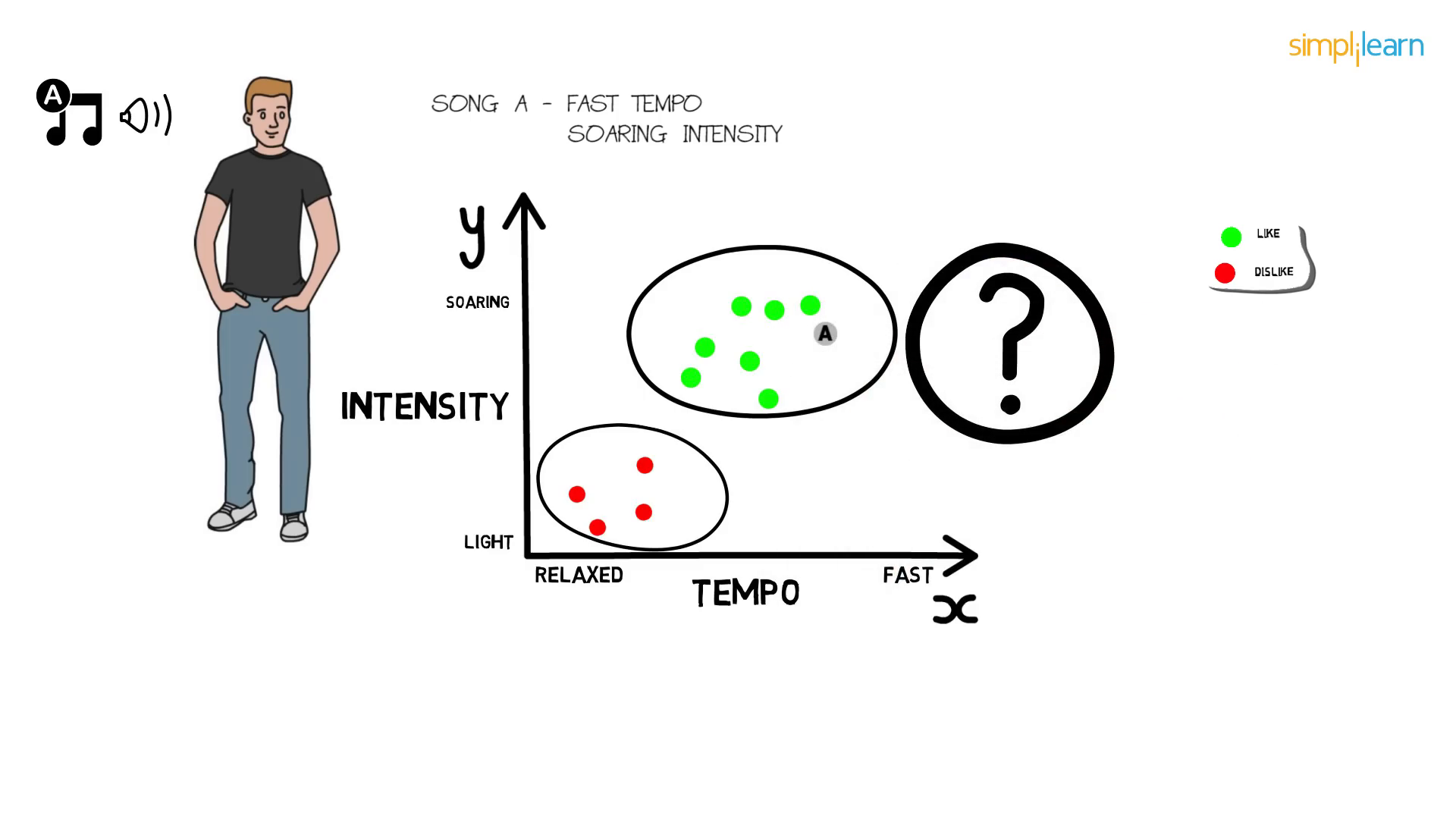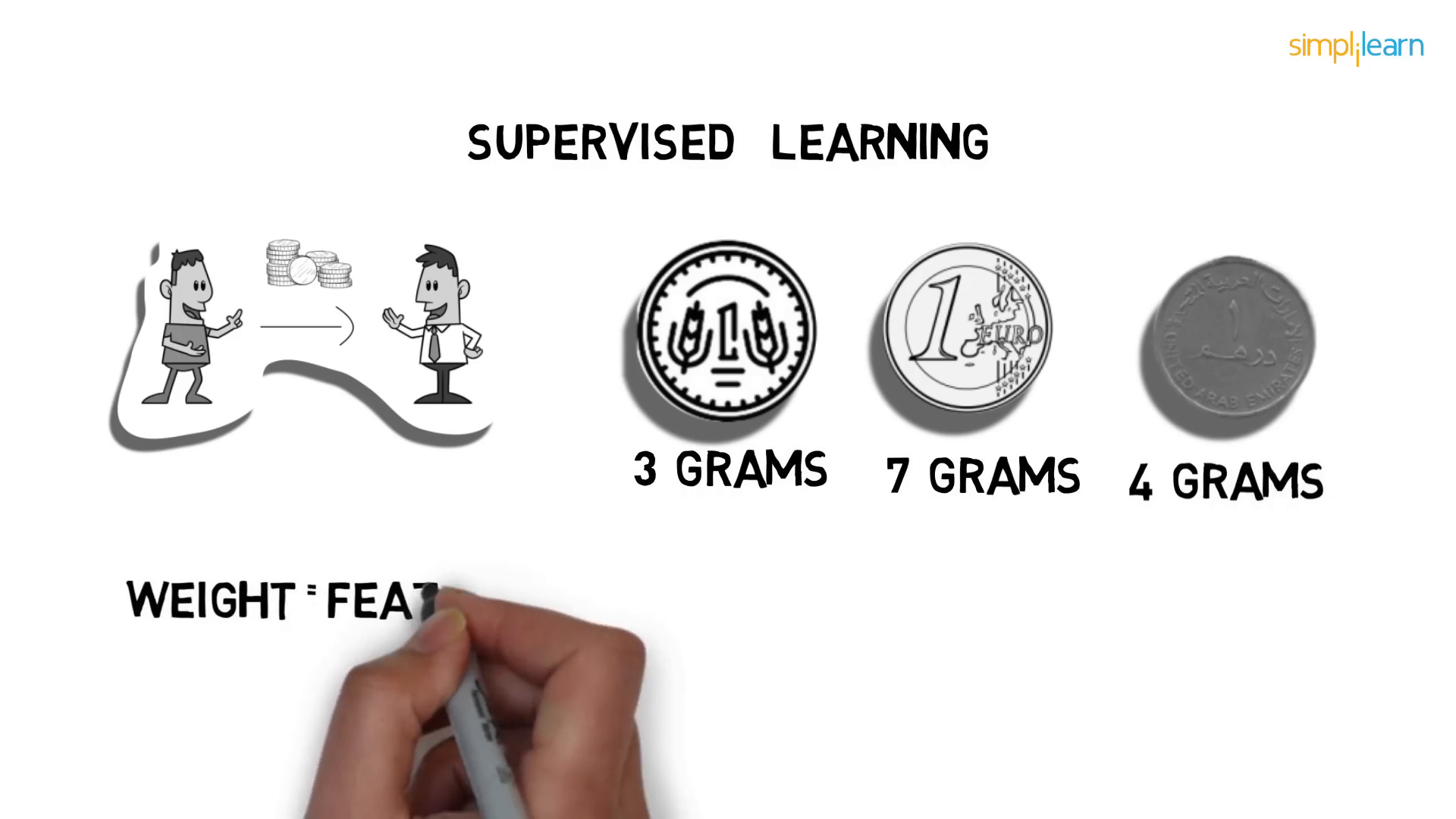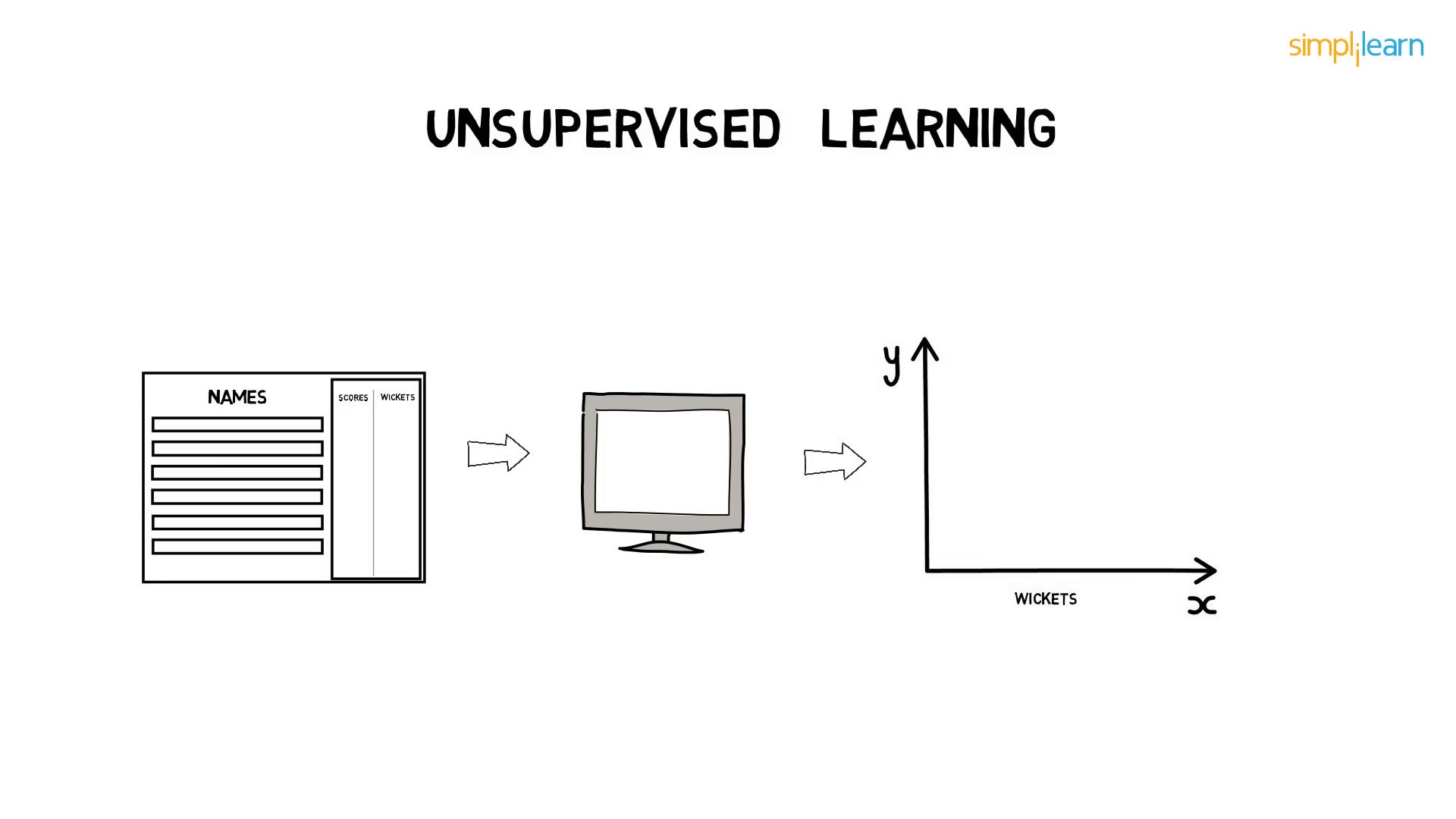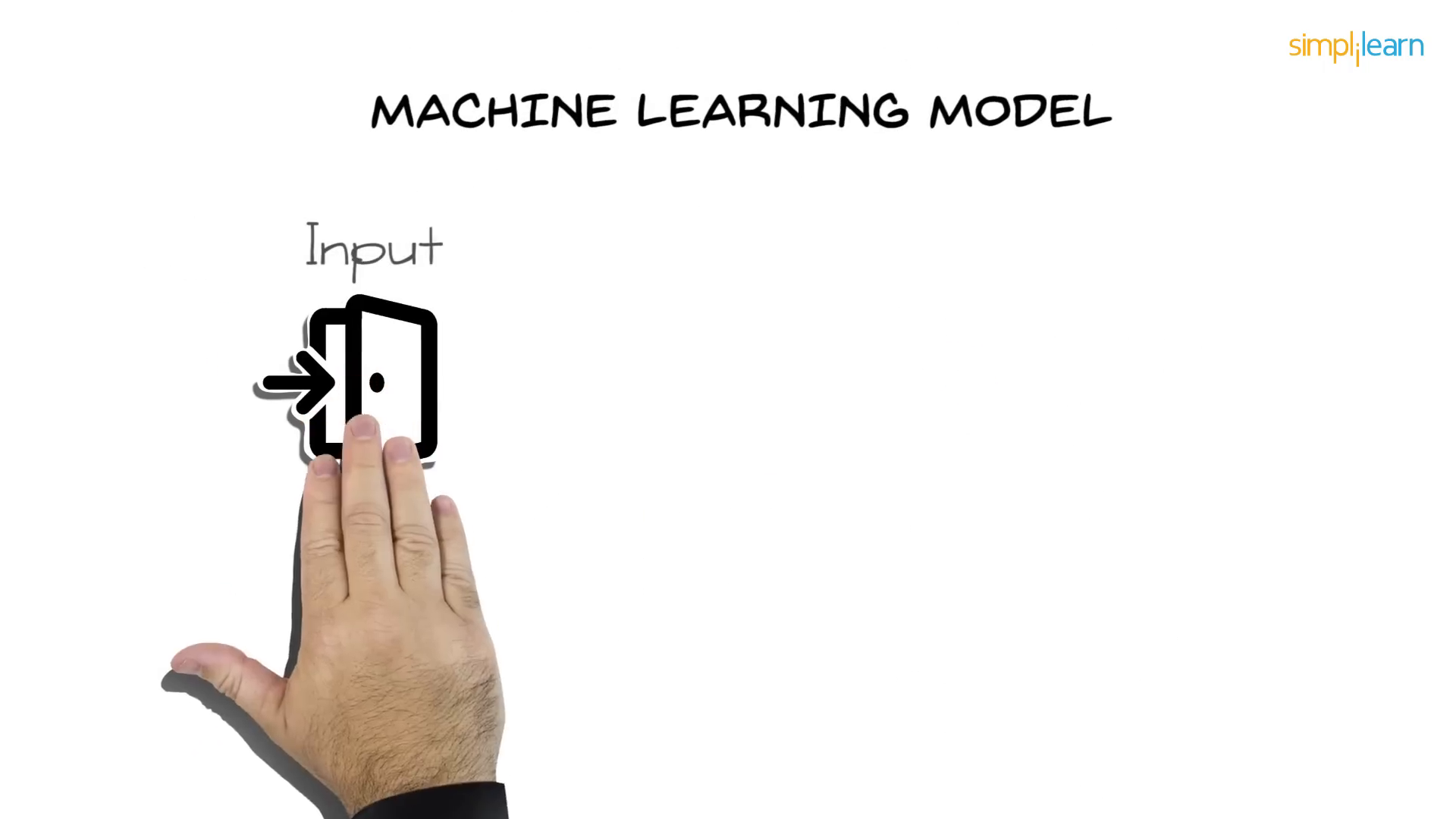Understanding Machine Learning: A Comprehensive Guide
Over the years, Machine Learning has been changing the way people use technology. One of the most powerful areas of artificial intelligence, Machine Learning allows machines to use prior information in order to learn how to make decisions without having to be programmed to do so. In this guide, we will learn the basics of Machine Learning, its types and its applications, and its impact on the development of different fields.
🔍 What is Machine Learning?
Machine Learning involves the use of computers and all kinds of algorithms, which help in interpreting and learning data and also making forecasts and taking decisions based on the data. In contrast to old-fashioned programming where the individual determines every action to be taken, in ML systems can analyze information and recognize patterns, performed tasks being reshaped as time elapses.
Take the case of Paul who is a fan of music. He has different styles of songs which he places under certain features that include tempo and sound range. Given the man’s taste, we can anticipate if he is going to like a new song by looking at the songs that he enjoyed before. This is quite a short example of the work of Machine Learning, looking back to predict the future.

As we delve deeper, it becomes clear that Machine Learning is not just about learning; it’s also about understanding and reasoning. It allows machines to adapt and evolve as they encounter new data, which is crucial for accurate predictions.
🧠 Types of Machine Learning
The three primary categories of machine learning are reinforcement learning, unsupervised learning, and supervised learning. Each type serves different purposes and employs unique methodologies.
📊 Supervised Learning
The model is trained with labeled data in supervised learning. This means the input data is paired with the correct output, allowing the machine to learn the relationship between the two. For instance, if you have coins of different currencies with known weights, the model learns to associate weights with their respective currencies.

Once trained, the model can predict the currency of a new coin based solely on its weight. Supervised learning is widely used in applications such as email filtering, where emails are classified as spam or not spam based on labeled examples.
📈 Unsupervised Learning
Conversely, unsupervised learning works with unlabeled data.. The machine is tasked with identifying patterns and structures within the data without prior knowledge of the outcomes. For example, in a dataset of cricket players, the machine can cluster players based on their performance metrics without knowing which players are batsmen or bowlers.

This method is particularly useful for market segmentation, where businesses can identify distinct customer groups based on purchasing behavior without predefined categories.
🏆 Reinforcement Learning
Reinforcement learning operates on a reward-based system. The machine learns by receiving feedback from its actions. For example, if a system incorrectly identifies an image of a dog as a cat, the user can provide corrective feedback. Over time, the system improves its accuracy based on this feedback loop.

This approach is commonly used in robotics, gaming, and self-driving cars, where continuous learning and adaptation are critical for success.
💡 Applications of Machine Learning
Machine Learning has a wide range of applications across various sectors, significantly impacting how businesses operate and serve their customers. Let’s explore some notable examples.
🏥 Healthcare
In the healthcare industry, Machine Learning is revolutionizing diagnostics. Algorithms can analyze medical images and patient data to identify diseases, often with greater accuracy than human professionals. This capability can lead to quicker diagnoses and more effective treatment plans.
💳 Finance
Financial institutions utilize Machine Learning for fraud detection. By analyzing transaction patterns, algorithms can identify anomalies that may indicate fraudulent activity, allowing for timely interventions and increased security.
🛍️ E-commerce
In the e-commerce sector, Machine Learning helps predict customer churn. By analyzing user behavior and transaction history, companies can identify at-risk customers and implement strategies to retain them, such as personalized offers or targeted marketing campaigns.

🚖 Transportation
Services like Uber employ Machine Learning for surge pricing. Algorithms assess real-time demand, the number of available cars, and external factors like weather to adjust prices accordingly. This ensures that riders can secure a ride when needed while optimizing driver availability.

🔗 The Future of Machine Learning
The prospects of Machine Learning are bright and technology, as well as the availability of data, will continue to improve. There is an increasing paradigm shift of businesses wanting to leverage data in their decision making, and this will only increase the need of such expertise.
Also, due to increase in the capability of computers, we are able to analyze huge data with greater ease and fast than it has ever been possible. This ability will enhance the potential for creativity and usage of technology in different regions.
📝 Conclusion
Machine Learning is not just an appetizing phrase, it is a next generation technology, which makes the difference in industries and in our everyday lives as well. Such classification makes it easier to comprehend its meaning and the range of its possibilities.
It is clear that exploring the horizons of Machine Learning is not the end of it. Immediate plans are necessary and it can be seen that the growth in the space will be rapid and those that welcome these changes will thrive rather well in the years to come.
Thank you for taking your time to move with us through this journey from the very basics. We trust such a trip has been fruitful and kindled your interest on understanding this topic deeper.
